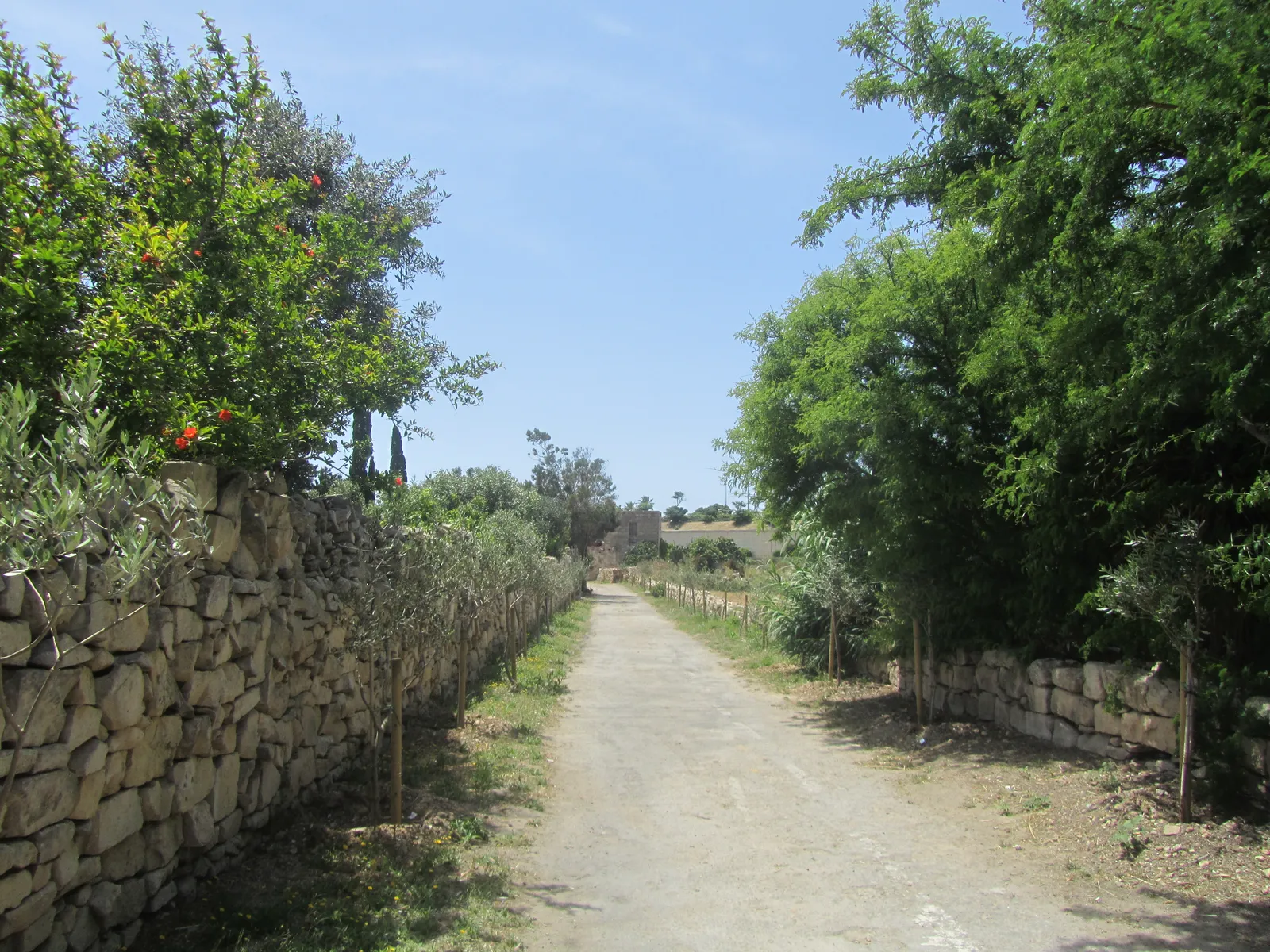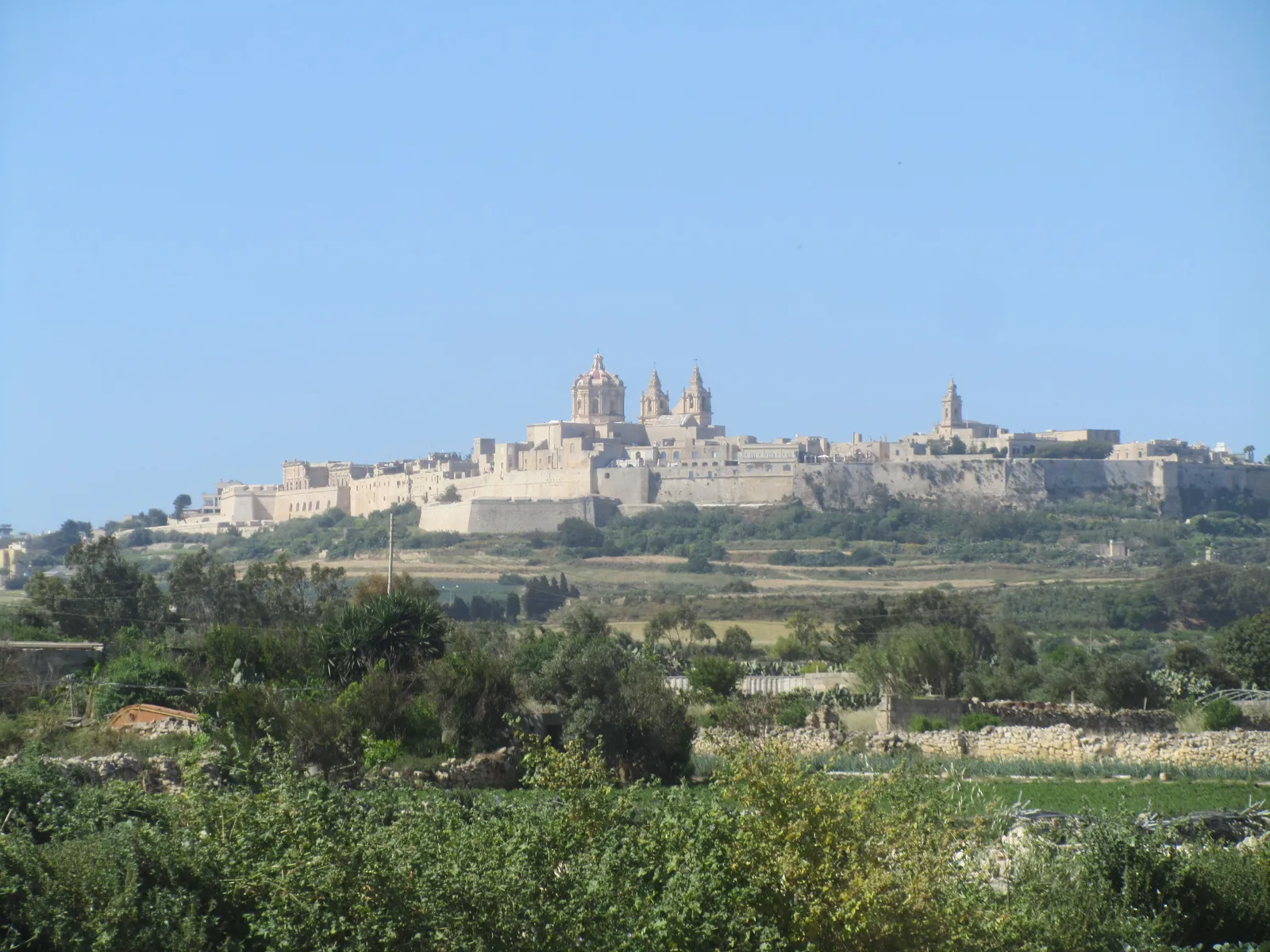Maltese Nature
Maltese Nature: A Tapestry of Islands, Seas, and Unique Biodiversity
Tucked away in the heart of the Mediterranean Sea, the Maltese islands—Malta, Gozo, and Comino—form an archipelago whose natural beauty is as vivid as its rich and layered history. While famous for their prehistoric temples and vibrant cities, these islands also shelter a remarkable diversity of geology, landscapes, flora, and fauna. Maltese nature is not just a backdrop to history; it is a living, breathing tapestry that weaves together land and sea, ancient stone and wind-swept wildflowers, steep cliffs and azure waters.
Geography and Climate
Malta, the largest of the islands, is flanked by Gozo, renowned for its more rural charm, and the tiny, nearly uninhabited Comino. The archipelago’s rugged coastline is characterized by steep cliffs, sheltered bays, and hidden coves, punctuated by beaches of golden sand or crushed shells. Inland, the land rises and falls in a series of low hills, terraced fields, and lush valleys. The islands’ climate is typically Mediterranean: hot, dry summers and mild, wetter winters. Sunlight bathes the landscape nearly year-round, nurturing a distinct ecosystem that thrives despite the scarcity of fresh water and the islands’ modest size.
Geology and Landscapes
The Maltese islands are primarily composed of limestone, a soft rock shaped over millennia by wind and water. The exposed rock faces, dramatic cliffs such as Dingli and Ta’ Ċenċ, and sea-carved formations—like the now-collapsed Azure Window on Gozo—are testaments to the power of natural forces. Inland, ancient karstland, caves, and sinkholes provide microhabitats for specialized species. The islands’ extensive network of bays, salt pans, and marshlands further enhance their geological diversity.
Flora: Wildflowers, Garigue, and Endemics
Despite the islands' arid climate and rocky terrain, over 1,000 species of plants thrive here, many of them adapted to the Mediterranean’s harsh sun and salty winds. In spring, the countryside bursts into color with wild orchids, irises, poppies, and crown daisies. The garigue—an open, shrubby habitat unique to the region—dominates much of the landscape. Here, sturdy thyme, rosemary, spurge, and rockrose cling to the thin soil. Other habitats such as maquis and steppe support carob, wild olive, and lentisk trees.
Endemism is a striking feature of Maltese flora. The Maltese rock-centaury (Palaeocyanus crassifolius), the national plant, is found nowhere else on Earth, its violet-pink blooms dotting cliffs and garigue. Other endemic species include the Maltese pyramidal orchid, the Maltese everlasting, and the rare Maltese cliff-orache. These plants have evolved in isolation, making them precious indicators of the islands’ ecological uniqueness.
Fauna: Birds, Reptiles, and Underwater Life
Birdlife is perhaps the most celebrated feature of Maltese fauna. Positioned along major migratory routes, Malta serves as a vital stopover for hundreds of species traveling between Europe and Africa. In spring and autumn, skies fill with wheatears, swallows, bee-eaters, and birds of prey like marsh harriers and honey buzzards. Resident species include the Sardinian warbler, blue rock thrush (Malta's national bird), and the elegant yelkouan shearwater, which nests in sea cliffs.
Reptiles are well adapted to the islands’ sun-baked rocks. The Maltese wall lizard, with its bright green coloration, is widespread, as are various geckos and skinks. The islands also host several species of endemic snails and insects, many confined to a single valley or cave system.
The surrounding Mediterranean Sea, crystal-clear and teeming with life, is a treasure trove for divers and snorkelers. Posidonia seagrass meadows, vital nurseries for marine life, fringe the coasts. The underwater world boasts groupers, sea bream, octopus, moray eels, and, in deeper waters, barracuda and amberjack. Seabirds, including Cory’s and yelkouan shearwaters, rely on the coastal cliffs, while loggerhead turtles frequent Maltese waters during nesting season.
Nature Reserves and Protected Areas
Despite their small size, the Maltese islands are home to several protected areas dedicated to conserving natural habitats and species. Il-Majjistral Nature and History Park on Malta’s northwest coast preserves garigue, sandy dunes, and marine habitats. Buskett Gardens, the islands' only woodland, is an oasis of pine and citrus groves and a refuge for migrating birds. On Gozo, the Dwejra area, famous for its geological formations and coastal wetlands, hosts rare plants and supports endemic wildlife.
Wetlands like Għadira Nature Reserve and Is-Simar are crucial for migratory birds, while salt pans at Marsaskala and Gozo's Xwejni provide habitat for brine-loving plants and birds. Comino, with its Blue Lagoon, is mostly a nature reserve, home to seabirds, rare plants, and peaceful, unspoiled landscapes.
Human Impact and Conservation Efforts
For millennia, humans have shaped the Maltese landscape, carving terraces out of hillside, building stone walls, and introducing new crops. Agriculture, urban expansion, and tourism have all left their mark, sometimes bringing habitat loss and environmental pressures. Quarrying, hunting, and illegal trapping have also taken their toll on wildlife populations.
Yet, recent decades have seen a growing awareness of the need to protect Malta’s natural heritage. Environmental NGOs, government agencies, and grassroots organizations work to restore habitats, monitor wildlife, and educate the public about conservation. EU directives and international agreements have led to the creation of Natura 2000 sites, aiming to safeguard key habitats and species. Public engagement is rising, with nature walks, eco-volunteering, and citizen science contributing to a brighter future for Maltese nature.
Nature and Culture: A Deep Connection
Nature is woven into the fabric of Maltese culture and tradition. The islands’ ancient temples were oriented to celestial events, reflecting reverence for the sun and stars. Folklore is rich with tales of mysterious rocks, sacred groves, and miraculous springs. Traditional crafts use local stone, and seasonal festivals celebrate the bounty of the land—figs, carob, prickly pear, and olives.
Today, Maltese nature inspires artists, poets, and musicians, while the rhythms of rural life are echoed in village feasts and religious processions. The countryside, with its labyrinth of dry-stone walls and wildflowers, remains a cherished escape for both locals and visitors.
Exploring the Wild: Outdoor Activities
Nature lovers will find Malta, Gozo, and Comino a paradise for outdoor exploration. Coastal walks along sheer cliffs offer breathtaking views and glimpses of nesting seabirds. Cycling and hiking trails wind through hidden valleys, open garigue, and terraced farmland. The islands' caves and sinkholes are thrilling to explore, revealing fossils, stalactites, and the traces of ancient life.
The Mediterranean’s crystal waters invite snorkeling, diving, and kayaking. Underwater caves and wrecks teem with marine life and offer adventure for all levels. Birdwatching is rewarding year-round, especially during migration, while springtime is ideal for wildflower walks and butterfly spotting.

.

Maltese nature is a mosaic of land and sea, shaped by wind, sun, and the enduring spirit of its people. Despite the challenges of modern life, the archipelago’s wild places and the creatures that inhabit them endure—fragile, resilient, and profoundly beautiful. Whether wandering through sunlit garigue, diving beneath turquoise waves, or listening to the cry of a shearwater at dusk, one discovers that nature in Malta is not merely scenery, but a living heritage worth cherishing and protecting for generations to come.